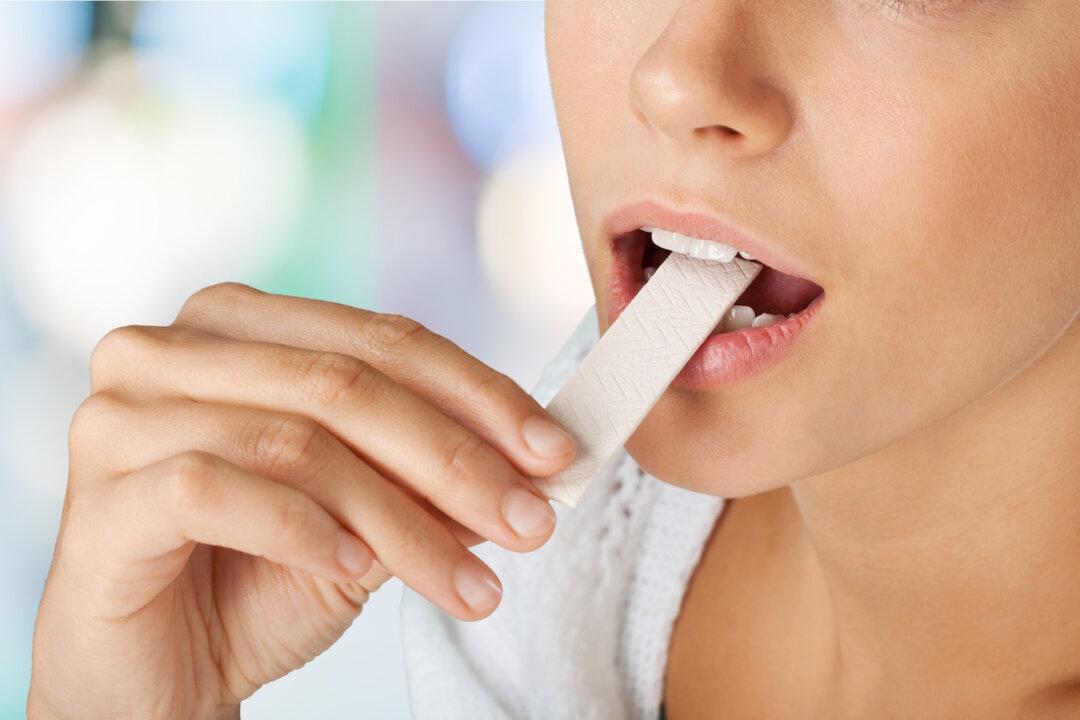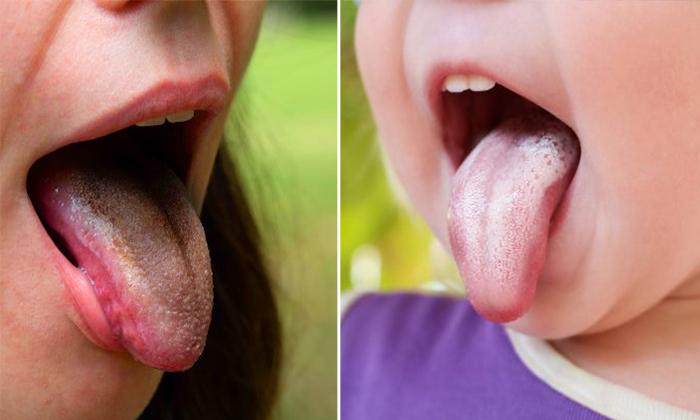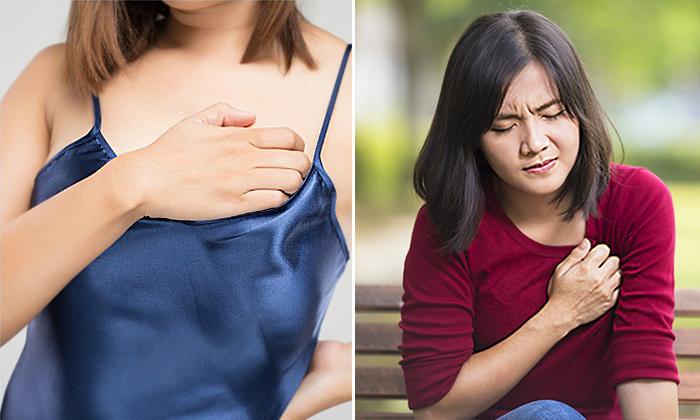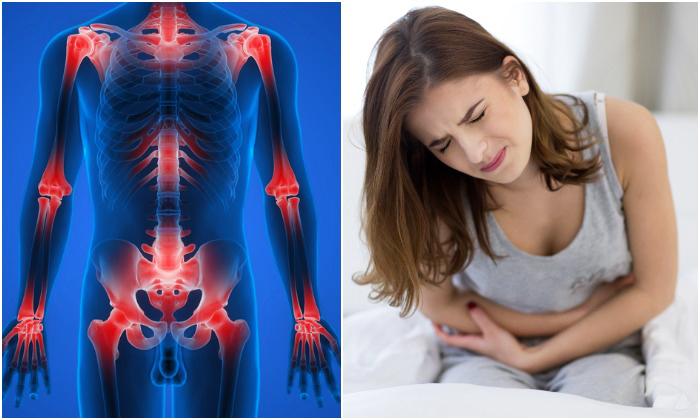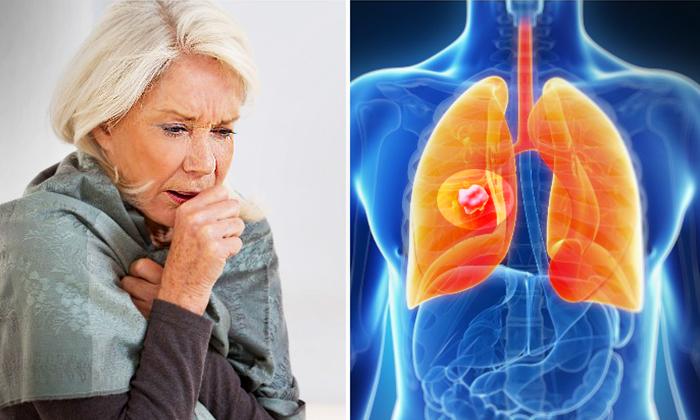More than 90 percent of people have Bisphenol A (BPA) -- a common chemical in plastic -- in our bodies right now. We get most of it by eating foods that are packaged in containers made with BPA. People became worried about BPA safety because of animal studies that showed a link with heart disease, obesity, infertility, and miscarriages.
NTP Center for the Evaluation of Risks to Human Reproduction completed a review of BPA in September 2008. In the review, NTP expressed “some concern for effects on the brain, behavior, and prostate gland in fetuses, infants, and children at current human exposures to bisphenol A.“
In 2014, the FDA wrapped up a 4-year review of BPA and says it’s safe in the levels that now get into your food.
If you still want to play it safe, here are 8 ways to help reduce your exposure to BPA or plastic:1. Look for Recycling Codes
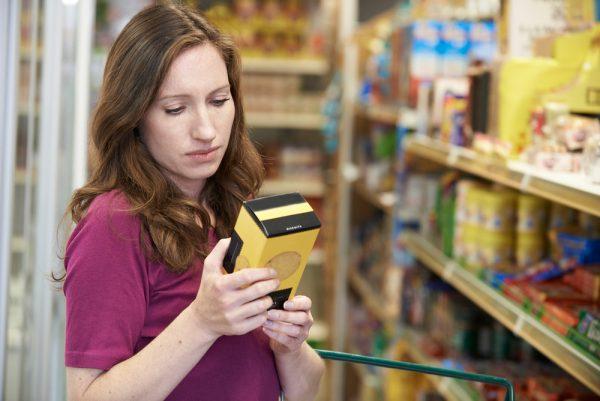
Illustration SpeedKingz/Shutterstock

